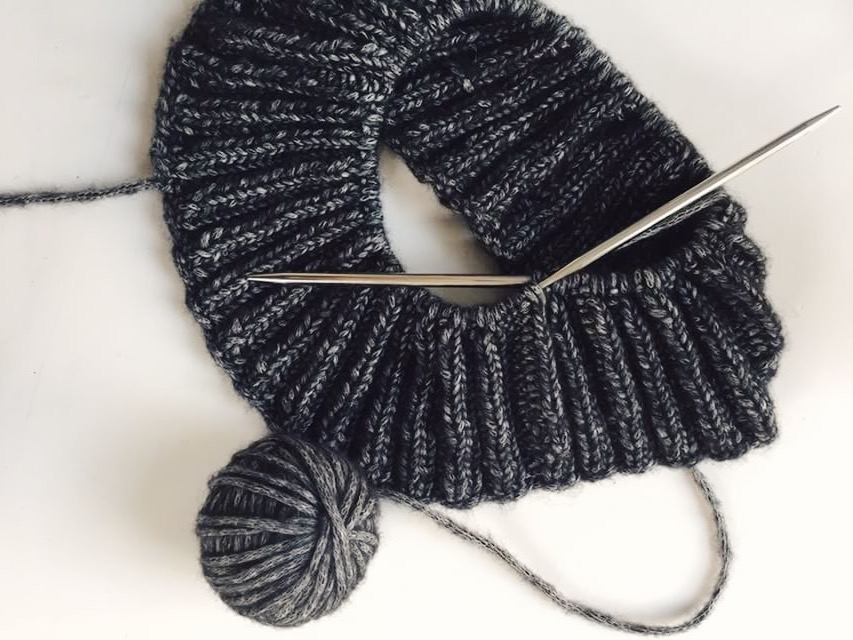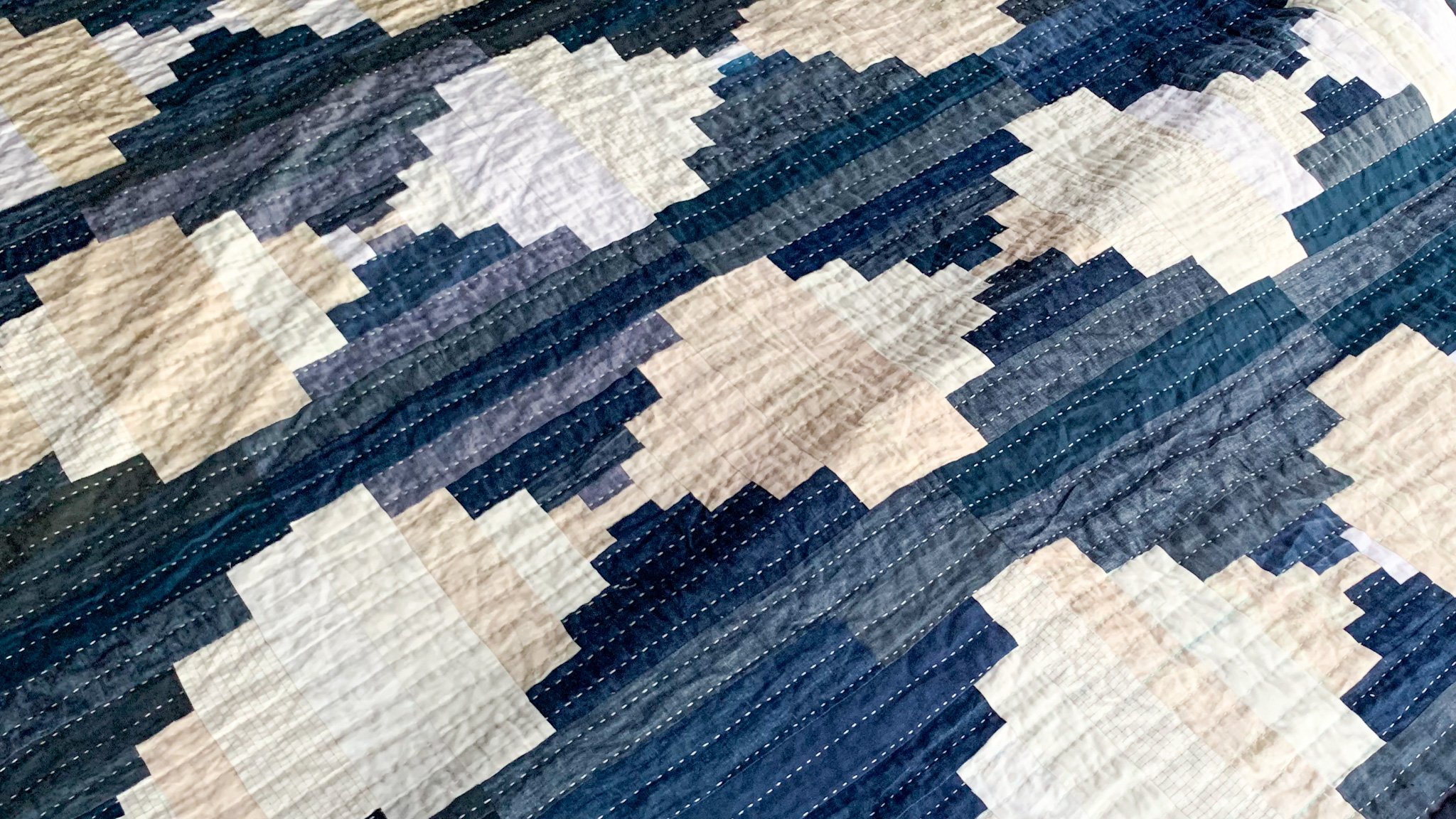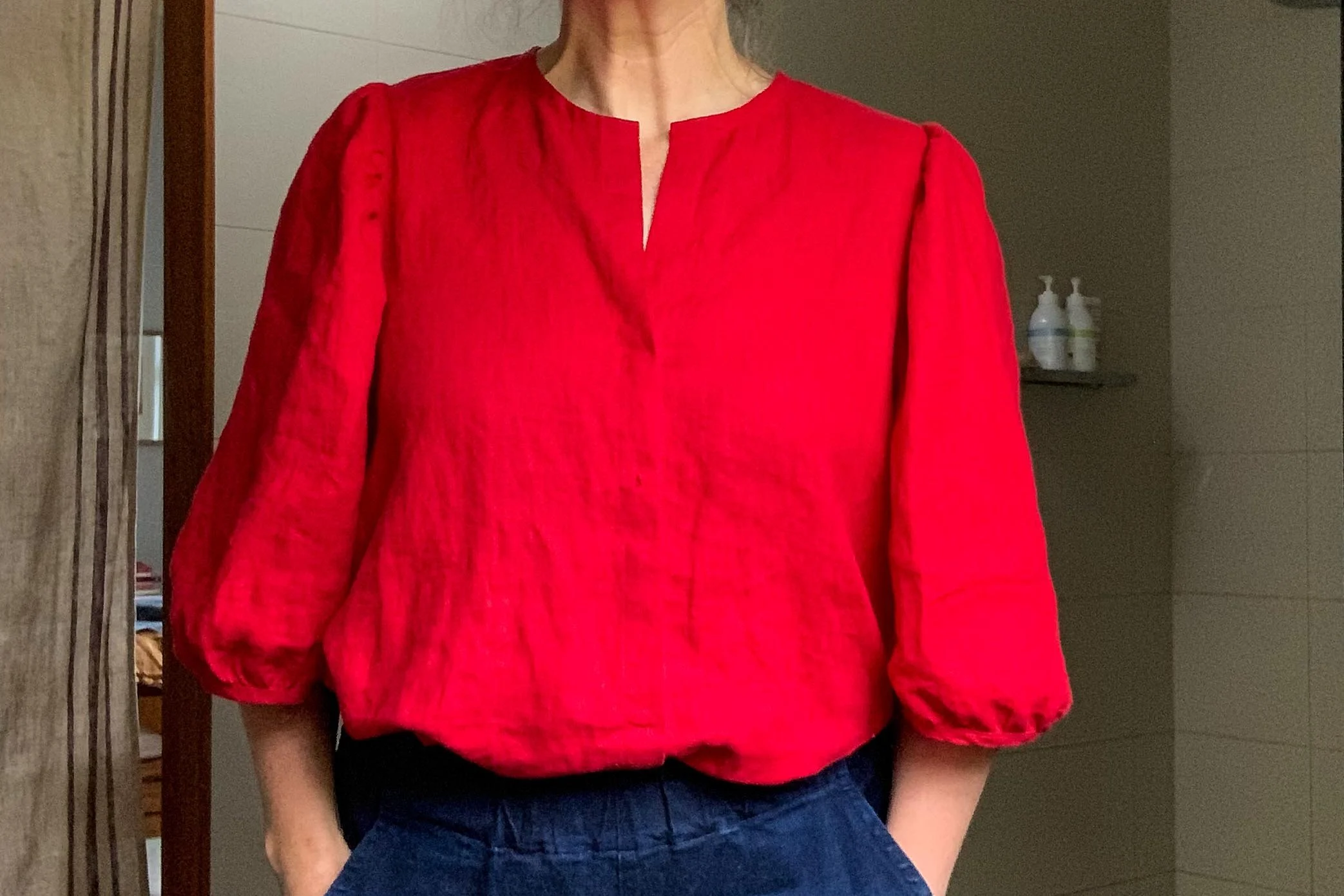So often we are distracted from the life we want to live. In this world of busy, this world of attention-grabbing media, a world where we are constantly encouraged to reach outwards, to grasp at our cultural obsessions with happiness, so often we are so distracted we don’t even know that we are looking for something. We get lost in the passivity of a life where our attention is elsewhere. A life where the very thing we seek is impossible to hear over the roar of messaging about what we should have and who we should be. We are sold desire as way of living – desire for more, desire for the shiny happy life that we are told is possible if we just do/have/say/be/think XYZ…..
We spend much of our time watching other people’s shiny happy lives on Instagram and facebook. Often we are so deep in the distraction and desire that we forget that the landscape could look different or even that there is a landscape to look at. Distraction, leading to desire, leading to discomfort, leading to more grasping at the distraction to make the discomfort go away.
In this age of distraction, of screens and content and possibility filling up every gap in our day, we forget that we have a choice. We forget that we don’t need to be living a life where we are so distracted we forget to look up. We forget that the thing we yearn for cannot be found in the amongst the distraction. That in order to live the life we yearn for, which for most of us is simply a life well-lived, that we need to step out of the steady stream of information technology, and of busy, and get active about our lives.
I am not immune.
“Desire is a contract that you make with yourself to be unhappy until you get what you want. Desire is a driver, a motivator. In fact, a sincere and uncompromising desire, placed above everything else is nearly always fulfilled. But every judgement, every preference, every setback spawns it’s own desire and soon we drown in them. Each one a problem to be solved, and we suffer until it’s fulfilled. Happiness, or at least peace, is the sense that nothing is missing in this moment. No desires running amok. It’s okay to have desire. But pick a big one and pick it carefully. Drop the small ones.”
In part because we are away from home, I'm having an ongoing conversation (argument?) with one of my (gorgeous) children about the amount of screen time they have. This child believes that we are unfair with our (tyrannical) screen policy. He wants his life to look like many of his peers. And yet, what he doesn’t know is that every time we have a discussion about it, I can’t stop thinking about a conversation about screens that I had with his school principal of many years ago.
Mrs. X, the principal, was talking to my kids about our household screen policy, and she was laughingly shocked. She expressed her surprise about how little they were allowed by telling my kids that there was NO WAY she could restrict her daughter’s screen time in such a way. And that it would cause a family crisis if she was to suggest to her daughter that there was no TV before school. Mrs X. expressed the sentiment “Well that’s just the way the world is these days, isn’t it!”. Hands up, helpless.
I remember being shocked myself upon seeing the helplessness she felt in the face of our cultural move towards technology. I think my shock was increased significantly her job title. She was a school principal!! She had THE authority! Surely she must be used to using her authority to create policy. For a principal must inherently believe they can shape the world children inhabit, how they learn and what they learn? Yes?
And, if even a school principal doesn't feel empowered to go against the tide, then.....
My kid doesn’t know it, but this exchange changed me.
The shock I felt that day in the face of her shock, has been ongoing reminder to me that
I always have a choice.
Sometimes I forget I have a choice, I get busy, sucked into the flow of distraction that is our culture. I sometimes get screen-obsessed and forget that I am an active participant in my own life. And sometimes that phase can last for months before my passivity and discontent leads to me making choices to fix it.
But as a parent, I have to decide what my kids' life looks like while they are little. I must decide for them so they aren’t swept along with the raging river of distraction and desire. I need to try to teach them what it feels like to have space and calm, and control over their attention, so that when they inevitably go through periods of distraction and screen addiction and busy in their lives, that they will have a reference point of something other. They will know what it feels like to just be, a reference point they can seek out with intention when they look up from distraction.
I must do this for them. Which reminds me all the time that I need to do it for myself.
“Similarly, don’t trust technology too much. You must make technology serve you, instead of you serving it. If you aren’t careful, technology will start dictating your aims and enslaving you to it’s agenda.
So you have no choice but to really get to know yourself better. Know who you are and what you really want from life. This is, of course, the oldest advice in the book: know thyself. But this advice has never been more urgent than in the 21st century. Because now you have competition. Google, Facebook, Amazon, and the government are all relying on big data and machine learning to get to know you better and better. We are not living in the era of hacking computers – we are living in the era of hacking humans. Once the corporations and governments know you better than you know yourself, they could control and manipulate you and you won’t even realise it. So if you want to stay in the game, you have to run faster than Google. Good luck! ”
How does hand making come into this?
The world, our lives, are increasingly passive and increasingly distracted. While humans have always shaped their worlds to suit them and their particular tastes, we are increasingly having our taste chosen for us.
We have to be active in our own lives. I have to create the life I want - there is no freedom from this loop of discontent unless I intentionally create it. Technology and marketeers are working against us and without making an active choice there will be no quiet, no peace, no space. No good life.
While mindfulness and yoga are regularly suggested as practices that offer respite and access to the well-lived life, I want to put my hand up for !!hand making!! as an alternative practice that should be added to the toolkit of possibility.
Hand making as the key to a good life!
I know that my making practice is the anti-dote to distraction and desire, and busy discontent, because hand making inherently holds within it the skills, qualities and techniques one needs to live well.
Making litters our lives with intention and agency. It reminds us through it's process that we can alter our environment to suit ourselves. That we have choice and agency in our lives. We made that thing!!! Look at what we did…… And then long after the active part of the making is over, the things we have made surround us with reminders of who we are. We are makers. We are creators. We are active agents in our own lives.
Making offers us access in the moment to the space where happiness, or rather satisfaction, lives. In many moments of making we sit in flow; that special space where we need nothing more than what we have in our hands. We aren’t reaching or stretching. We are exactly where we want to be. We think differently when we are in that space. We feel different. We are different. We are whole.
Making offers us meaning. When we make we get intentional – about what and for whom and how. Our making holds within it our values, our thoughts, our interests, our style, our spark, at that moment in time. It allows us to live our values, and to value our lives. It offers us products - the artifacts of our making – as evidence of our persistence, our practice, our courage, our failures, our successes and our joy.
“Real change happens on the level of the gesture. It’s one person doing one thing differently than he or she did before. ”
Maybe the thing we need is a revolution. A revolution of making – where hand making is recognized for what it is – a soulful practice that can make us whole. Maybe we all need to making something, anything, regularly as the antidote to distraction, desire and discontent. This making could be a meal, a garden or a sweater. Whatever it is, it will remind us of the innately human joy we get from actively living our lives, by reminding us of our ability to shape the life we live in – by making.
Love to hear your thoughts x
Felicia
















